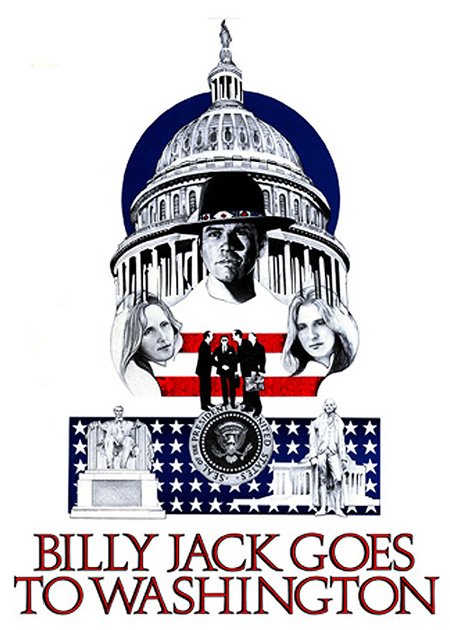From 1960, it’s British noir!
Johnny Bannion (Stanley Baker) is a career criminal, one who divides his time between long stretches in prison and short visits to the real world. He’s handsome, he’s charming, he’s clever, and he’s totally trapped. Baker moves through the film like a natural-born predator, waiting for the moment to strike. When he’s in prison, he’s as defiant as a caged tiger. When he’s out of prison, he’s always stalking the next prize.
Johnny has a hard time staying out of prison. When we first meet him, he’s in prison and it quickly becomes clear that he’s quite a respected figure behind bars. When he gets out, the first thing that he does is team up with his old associate, Mike Carter (Sam Wanamaker), and make plans to rob a racetrack. Mike and Johnny have an interesting relationship. On the one hand, Mike kept Johnny’s apartment for him while he was locked away and Johnny obviously has enough faith in Mike to work him. On the other hand, neither man seems to truly trust the other. That’s the world of criminals, I suppose. Never trust anyone.
Of course, it quickly turns out that there’s actually a good reason to never trust anyone when you’re living a life of crime. As soon as Johnny, Mike, and the gang pull of the racetrack robbery, Johnny’s betrayed. Johnny ends up locked away once again, all thanks to Mike. However, it turns out that Mike may have acted too soon because Johnny hid all the money before he was sent back to prison. Now, Mike has to figure out a way to pressure Johnny into revealing where the money’s buried while Johnny has to try to survive in a world of ruthless prisoners and guards who are ineffectual at best and crooked at worst. Mike’s not the only one who is interested in where Johnny put all that cash….
I have to admit that I’m probably a bit biased when it come to The Criminal because it’s a British crime film that I actually saw while in the UK. It’s one thing to watch a tough British crime film from the safety of Texas. It’s another thing to watch it at 2 in the morning while in a hotel room with a nice view of the Thames. As opposed to the watered down British-American co-productions that we tend to get used to here in the United States, The Criminal was British through-and-through, from the tough working class accents to the harsh urban landscape to the stylish suits that were worn even inside the prison.
It’s a dense movie. Though Stanley Baker is undoubtedly the star, director Joseph Losey is just as interested in the other people who come within Johnny’s orbit and, as a result, we get to know not just Mike but also the guards and the other prisoners. Partrick Magee, who was a favorite of Kubrick’s, makes a strong impression as Barrows, the prison guard who may be a manipulative sadist or who may just be a man who is doing what he has to do to maintain some sort of order in the prison. The film’s portrayal of Barrows is ambiguous but the same can be said for almost everyone in the movie. In classic noir fashion, there are no traditional heroes. Johnny’s bad but he’s a little bit less bad than the men who betrayed him and who are willing to go to extreme lengths to discover where Johnny hid that money.
Directed by Joseph Losey, The Criminal alternates between scenes of hard-edged reality and scenes that feel as if they could have been lifted from some sort of Boschian nightmare. The scenes outside the prison are harshly realistic while the inside of the prison feels almost like some sort of surrealistic dreamscape where demons take human form. The Criminal is an effective and violent British noir, one that will encourage you to keep your eyes on the shadows.





